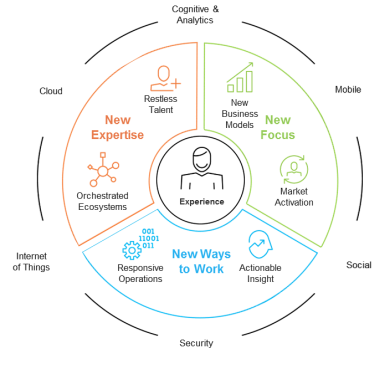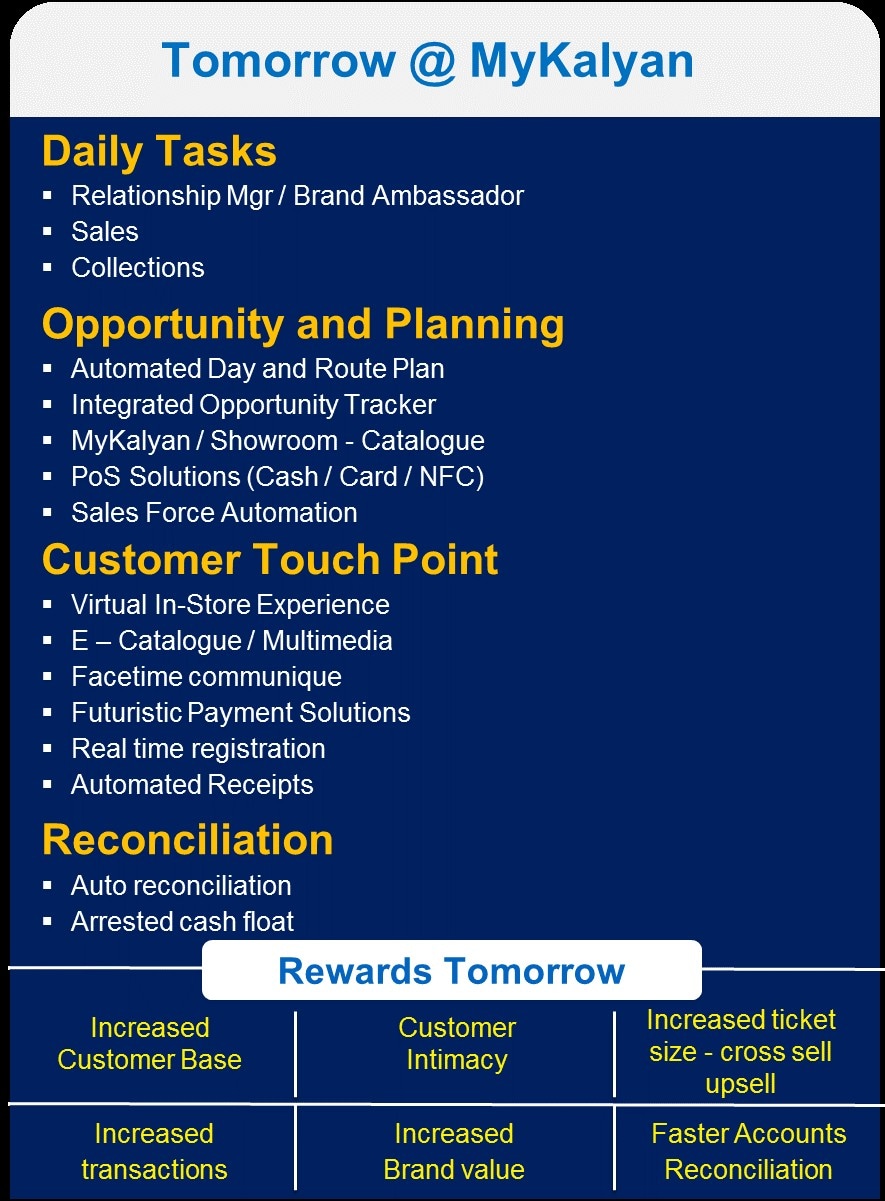
Deliver Better Value To Your Customers Through Business Transformation

Image:Shutterstock
Changing customers are driving significant changes in all the businesses around us, be they of any shape and size. Technology has been the enabler in transforming both— the customer and business.
Customers have access to information like never before. They’ve got a voice online and the ability to create ripples. This empowered customer is the reason businesses have to up their game and deliver stupendous service in whatever they do. Organisations cannot afford to disappoint their customers and set in motion a cascading set of events leading to the weakening of business prospects. This has led to the creation of bi-modal technology platforms—the core systems which tend to be slow and stable and consumer engagement systems which are agile and light.

The ongoing digital transformation has given rise to multiple new business models—phygital and OTT being the prime examples. Seamless integration of the business activities in all the areas of a customer’s life and value delivery through multiple channels is the game today.
Adopting a structured approach is the key to business reinvention.
Successful organisations rethink where and how they focus and embrace new forms of investment and ways of working. Businesses need to think about three critical areas to be able to drive sustainable change:
New ways to work: Digital transformation has helped enterprises take rapid strides towards a data-driven world where every action is recorded and analysed for actionable insights. New ideas of running a business are being tested every day. Business leaders need to adopt the best practices and latest technologies to become more agile and efficient.
New expertise: ‘Being Digital’ has opened doors to many new opportunities led by orchestrated systems and experimental taskforce. Smart business leaders have created niche areas for their companies enabling them to gain a significant market share and increase profits in the new world order.
New focus: With new business models emerging and the pace of change only quickening with time, the future will be vastly different from today. Businesses have to relook at themselves from the future relevance point of view and reinvent areas that will be obsolete tomorrow. Questioning themselves about how to deliver value to the changing customer will help companies identify their focus areas.


The next question that comes to mind is, all this sounds good but where to begin?
To get started with business transformation the companies need to take full stock of their customers’ demands and expectations. Once they understand their ideal customer well, as the first step towards business transformation would be to build the technology infrastructure for tomorrow.
Various technologies can be used in tandem to unlock unique immersive customer and employee experiences.
Take the example of Kalyan Jewellers. The company leveraged the power of customisation abilities of IBM’s Cloud, Mobility and Analytics solutions to build a powerful digital strategy. The Company developed a digital app that elegantly showcases the product catalogue to engage customers even before they enter a physical store. Advanced customer tracking enabled Kalyan Jewellers to drastically reduce the billing time by 90% thereby delivering superior customer experience.

The Company commissioned a FOAK custom-built iOS app developed by IBM that leverages BlueMix DevOps and deployed it to over 2,000 iPad devices. This helped the Company transform the functioning of its sales associates.
All these digital initiatives disrupted the retail operations and made waves across the country even in hard to reach tier 2 and tier 3 cities. It helped the brand redefine itself in the eyes of its customers. Not so surprisingly, the top line grew tremendously. Moreover, engagement and conversion rates ascended dramatically, as even the sales team performed better.
Multiple such case studies abound in all the spheres wherein incumbents or new players reimagined their business ground up with phenomenal results. This is the need of the hour for the businesses to stay relevant.

But there are a few caveats as well. Unplanned implementation of latest technology will not automatically fetch desired results. Technology should be looked upon as a means to an end and not an end in itself. It should be a part of a transformational strategic plan of the company. And eventually, it should be beneficial to customers as well as other stakeholders. Technology-led business transformation can help your company emerge as an undisputed leader in its area of operations.














